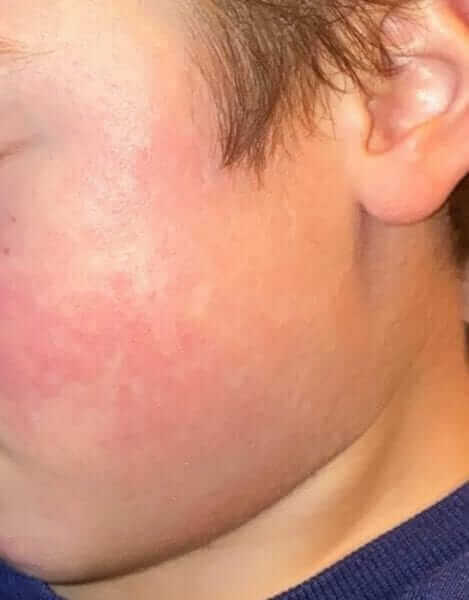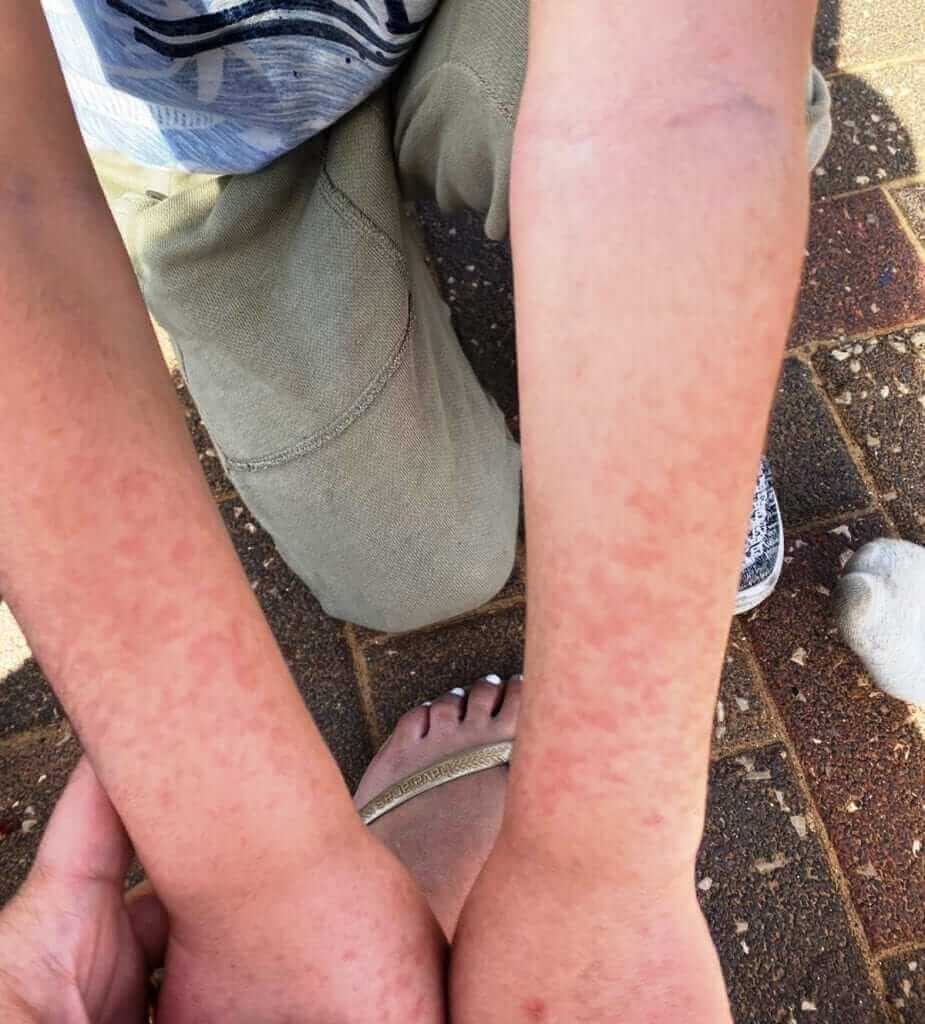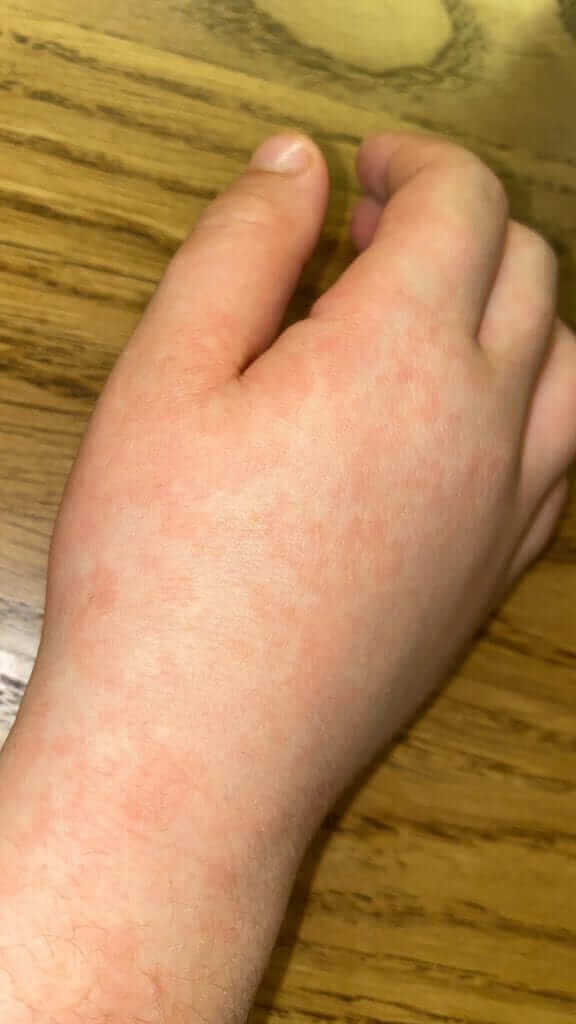
Parvovirus Infection in Children (Fifth disease or Erythema Infectiosum)
A relatively common disease in children that sometimes presents in a very straightforward and clear manner, and at times not as much. At any case, it’s worthwhile to be familiar with.
Who is more prone to infection? And is there a treatment?
Read and learn.
What is parvovirus B19 and what is the source of its name?
The Parvo family includes viruses that cause illness in many animals. In humans, the most common is parvo B19, that got its name because it was discovered in a “well” at row B column 19, in a microtiter dish in 1975.
Who is prone to infection with parvovirus B19?
Infection with the virus occurs mainly in children aged 5-15 years, at the end of winter and spring. If we test adults, 40-60% of them were infected with the virus in the past, so that many parents remain without a past infection and may contract it from their child.
How does the parvovirus pass from one person to another?
Transmission is by saliva droplets. When one child is sick at home, the chance of a first degree relative to be infected is 15-30%. Somehow, mothers are infected more often than fathers. So, wash your hands thoroughly with soap and water and avoid touching your nose, mouth, eyes etc.
What diseases does parvovirus B19 cause in children?
The virus causes different clinical presentations:
Fifth disease or erythema Infectiosum – This is the virus’ classical presentation. It includes fever in 15-30% of cases, headaches, muscle aches, a light cold and most importantly – a typical rash.
This typical rash is characterized initially as a pronounced rash on the cheeks, similar to slapped cheeks (see first photo). Later, a symmetric, lace-like rash appears on the rest of the body. It is mainly recognized on the external areas of the forearm (see photos number 2 and 3). The rash may worsen after exposure to sun of a warm shower. It may itch a little and will go on between one and three weeks.
It’s important to note that the rash is an immunologic phenomenon, that ,in fact, reflects improvement and a good reaction of the immune system in controlling the infection. Thus, when the rash appears the child already feels well and is not contagious anymore.
Arthritis – The virus may cause joint pain, with or without other symptoms typical of ‘Fifth disease’. This presentation is more common in adults, mainly women.
I’ve already seen several cases in the clinic when children had ‘Fifth disease’ and later their mothers suffered from a joint disease after having contracted the virus. Usually, this is a condition that passes within a few weeks but some may suffer for longer.
In children with background conditions of hemolysis (breakdown of red blood cells), for any reason, infection with the virus may cause a decrease in hemoglobin levels and need for blood transfusion.
In the immunecompromised, the virus may cause a wide spectrum of presentations, including disease involving the brain, heart muscle and more.
Pregnant women – although most babies are born healthy after a first infection of a mother during pregnancy, the virus may be transmitted to the fetus and cause blood deficiency or heart damage.
What is the treatment of parvovirus in healthy children?
There’s no specific treatment- only symptomatic treatment of the associated symtoms. Reduction of fever and analgesia as needed. Usually specific treatment of the rash is not needed.

How can parvovirus infection in children be diagnosed?
This is a clinical diagnosis by the pediatrician.
It’s possible to perform a blood test to identify the typical antibodies for this virus, but this is usually unnecessary.
When is the child not contagious anymore and may return to normal activity?
When the child has symptoms such as fever and headache, this is still the contagious stage and the child needs home rest. However, when the rash appears, the child is not contagious anymore and may return to normal activity in the kindergarten or school.
Remenber that In healthy children the disease is not alarming. Children with immune suppression or hemolytic diseases need to be closely followed.
So, to conclude, mild disease in most case which is worth to be familiar with.

For comments and questions, please register
